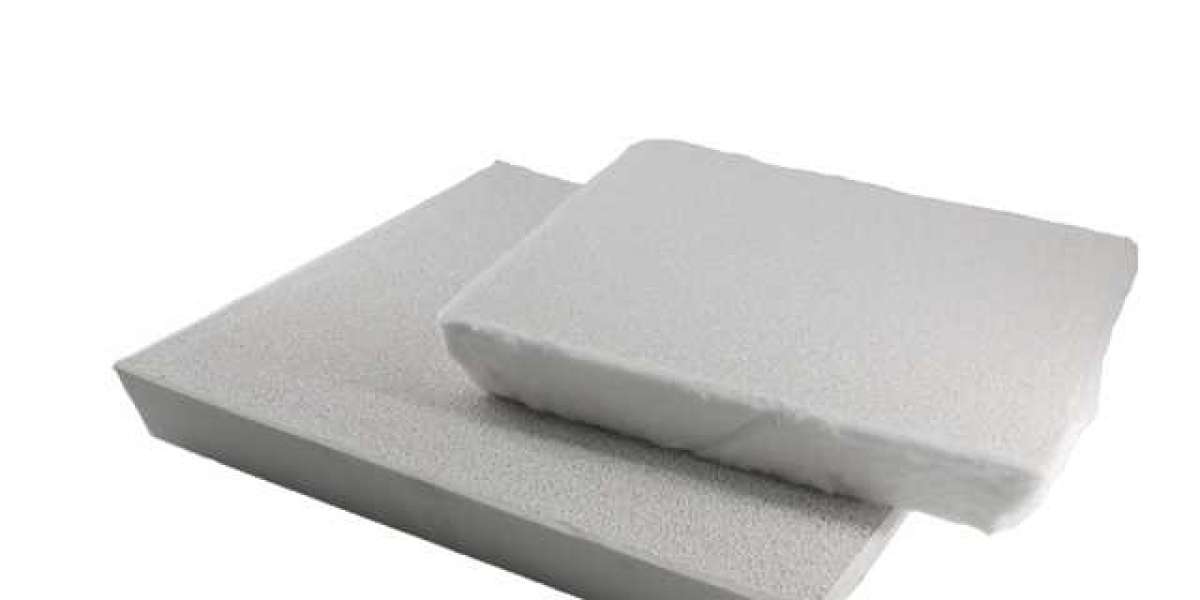Alcan foundry ceramic foam filters not only have a good purification effect, but also is convenient to use. The melt only needs a pressure difference of 100~150 mm when it passes through, and once it passes, it only needs to maintain a pressure difference of 2-10 mm. Its purification principle is the same as that of ceramic tube filtration. The rate is as high as 80%-90%. Therefore, the Alcoa foundry ceramic foam filters have a large flow capacity and are suitable for filtration and purification in semi-continuous ingot and continuous casting and rolling production.
The main advantage of the Alcan foundry ceramic foam filters system is to effectively eradicate the slag through the ceramic foam filter plate and remove the micron-sized inclusions in the aluminum liquid. At the same time, the filter plate filters out the fine inclusions and reduces the effective number of crystal nuclei in the aluminum liquid.
As a result, the molten aluminum can nucleate and grow under relatively large supercooling conditions, the solidification time is shortened, the structure is refined, and the hydrogen content in the molten aluminum is reduced. Hydrogen atoms can be adsorbed on some oxidized inclusions, and the oxidized inclusions can become the core of bubble growth. Therefore, while filtering out the inclusions, the gas on it is also removed. Through adsorption, the content of harmful elements (sodium, potassium) in the aluminum liquid can be removed.
Therefore, according to different customer requirements, selecting a filter plate suitable for ensuring product quality can effectively control slag inclusion.
Slag removal outside the furnace is mainly done through ceramic foam filter plates. The ceramic filter plate has a multi-layer network and multi-dimensional through holes, and the holes are communicated with each other.
During filtration, liquid aluminum carries inclusions and flows along tortuous channels and pores. When it comes into contact with the foam-like framework of the filter plate, it is directly intercepted, adsorbed, deposited, and so on. When the melt flows in the hole, the ceramic foundry filter plate channel is curved, the melt flowing through the channel changes the flow direction, and the inclusions collide with the hole wall anvil and firmly adhere to the hole wall.



